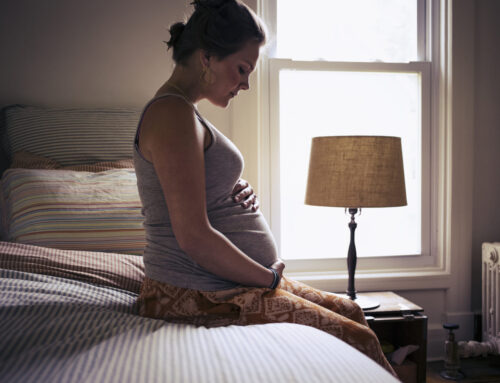Objective
There is a need to explore the many factors that may have a more subtle influence on, or relationship with, sensorimotor control as it pertains to anterior cruciate ligament injury risk. Due to well-established sex/gender-related differences in sensorimotor control, a close examination of key sociocultural constructs is warranted. This scoping review examined the connection between sociocultural constructs and sensorimotor control.
Design
Scoping review.
Data sources
The following databases were searched: PubMed, Embase, Scopus, CINAHL Complete, Academic Search Complete, Pre-Prints Database and Rehabilitation Reference Center from inception to September 2023. Additionally, relevant grey literature was identified.
Eligibility criteria for selecting studies
Two blinded reviewers independently performed screening, study selection and data extraction. Original references in English, Spanish and German reporting on sociocultural constructs and motor task performance were included.
Results
Data were extracted from 68 included articles. Stereotype threat, gender and race have been examined more than other sociocultural constructs. Sensorimotor control was assessed in upper and lower quarter tasks and physical activity (PA). Task assessment methods varied, often focusing on task completion or completion speed. It is evident that sociocultural constructs influence sensorimotor control, but the exact mechanism remains unclear.
Conclusion
Sociocultural constructs can influence sensorimotor control and PA. Future research should further explore this connection as it relates to biomechanical profiles associated with increased injury risk. Additionally, sociocultural construct inventory scores could be added to existing injury screening programmes to create a more gendered approach to risk mitigation.




